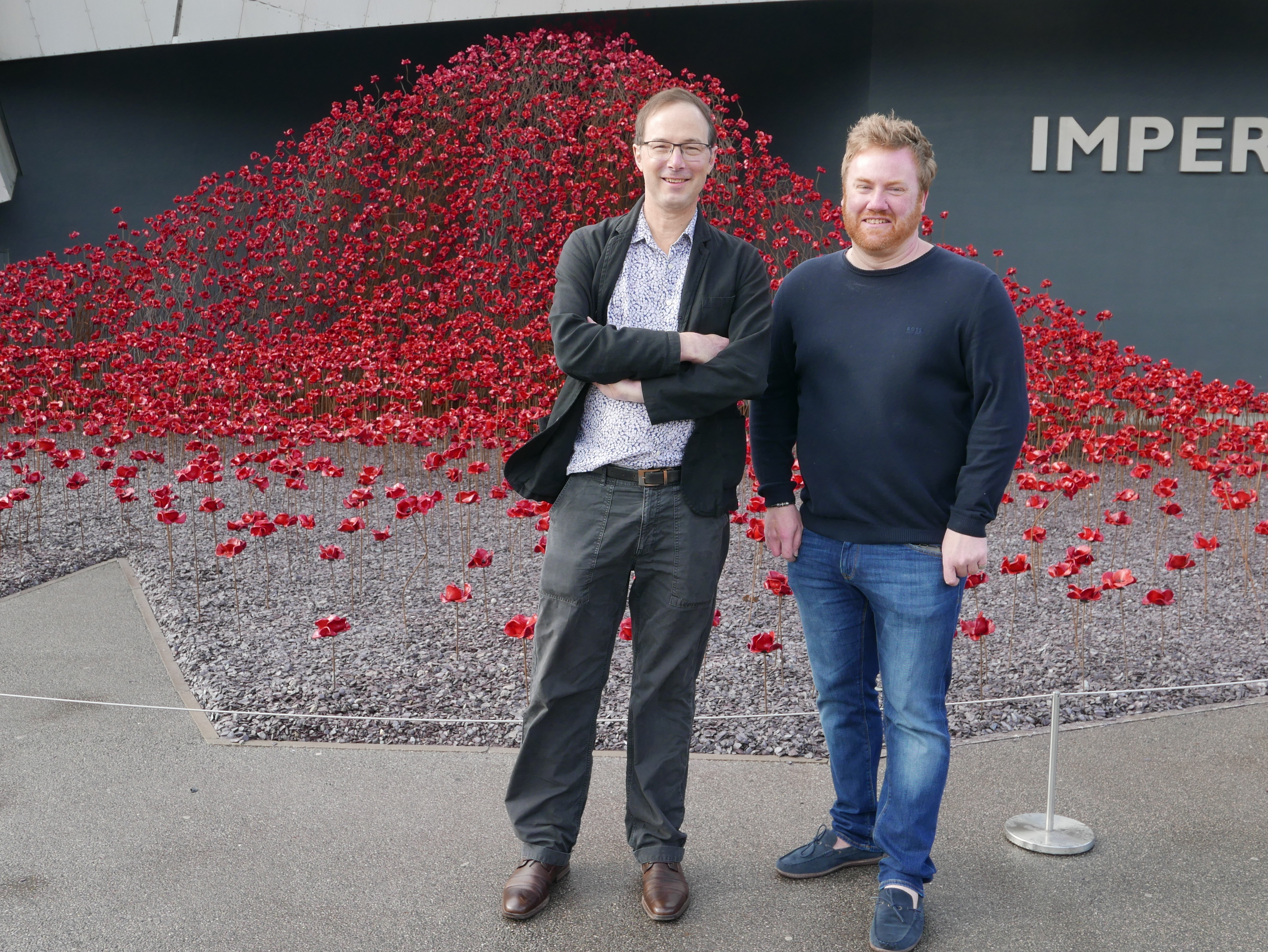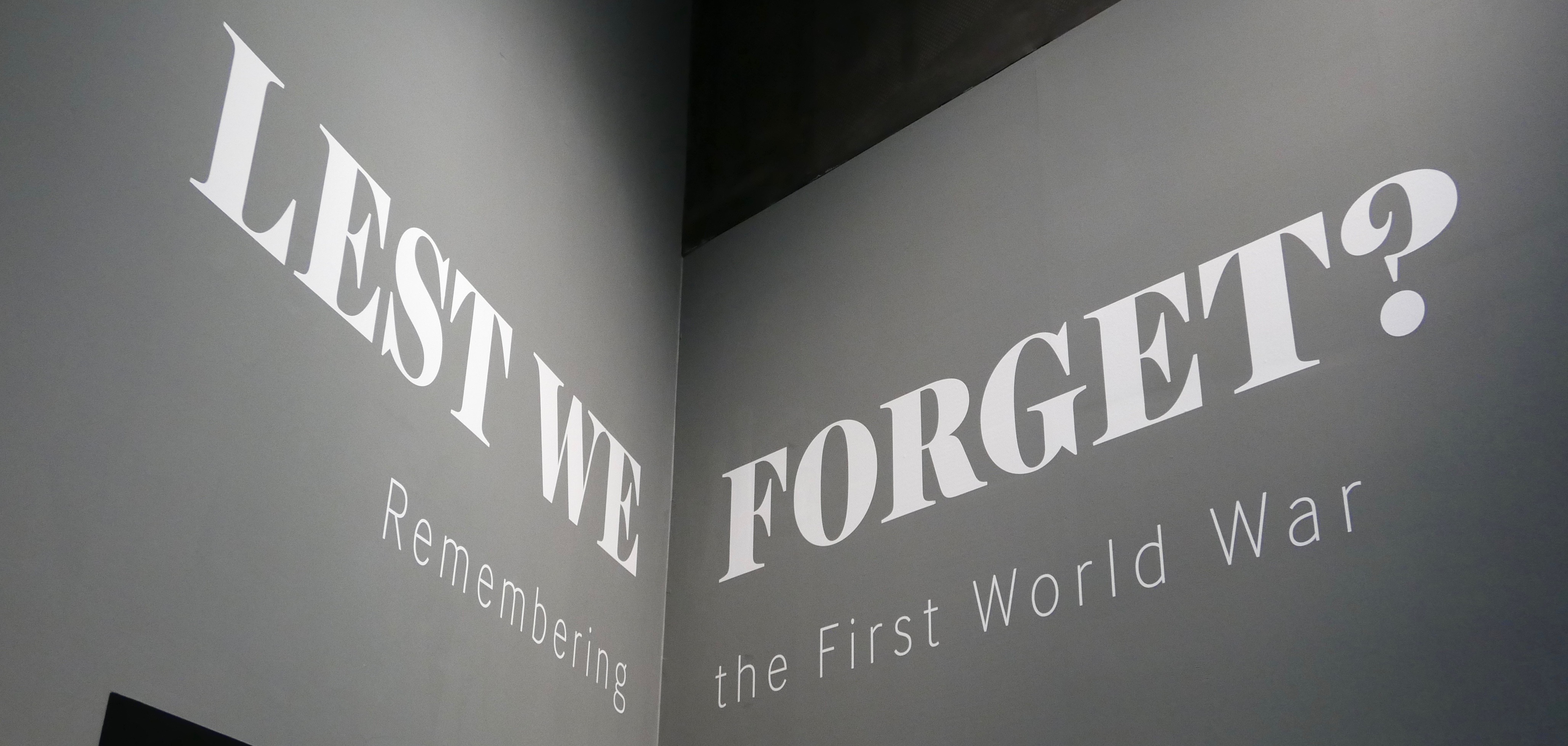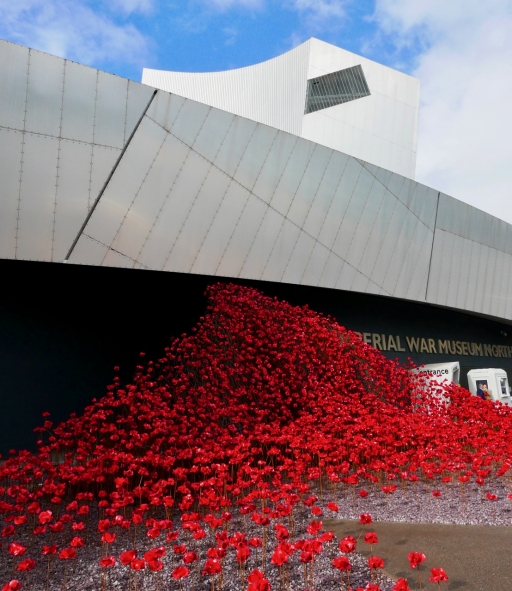Wave, one of the touring Tower of London poppy sculptures, is going on display at Imperial War Museums’ waterfront site in Manchester, its last stop of the First World War Centenary.
Since 2015, the installations, Wave and Weeping Window, have visited locations across the UK, from Orkney to Plymouth and from Belfast to Southend, attracting more than four million visitors.
“It’s been just way beyond our expectations. We’ve been staggered by how many people have come out at every single place that they’ve gone,” says Jenny Waldman, Director of 14-18 NOW, which has presented the nationwide tour as part of its cultural programme for the Centenary in Britain.
Both sculptures were originally created as part of the Blood Swept Lands and Seas of Red tribute to the dead of the Great War, conceived by artist Paul Cummins and designer Tom Piper.
In all, 888,246 ceramic poppies filled the Tower of London’s moat at the start of the Centenary, each commemorating a British or colonial life lost in 1914-18.
Now the central sculptures, made up of 11,000 individually crafted figures, are reaching journey’s end at Imperial War Museums, with exhibitions spanning the Armistice Centenary in November.

Creators Tom Piper and Paul Cummins at IWM North for the opening of ‘Wave’ (Photo: Centenary News)
The destinations are IWM North, architect Daniel Libeskind’s representation of a shattered world in the former Manchester docklands, and IWM London, the museum’s historic Lambeth Road home.
Afterwards, both sculptures will join IWM’s collections, a legacy for future generations.
Director General Diane Lees believes the Poppies, not only Wave and Weeping Window but also the many thousands of others from Blood Swept Lands and Seas of Red bought by the public in aid of charity, will stand out as the most remembered symbol of the 2014-18 commemorations.
She said: “Over the course of the First World War Centenary, Wave and Weeping Window have played an invaluable role in connecting the public with a conflict that has now passed out of living memory. They have encouraged us to consider the legacy of the war both on a local and a national level, and have reminded us of its human cost in a subtle yet poignant way.”
‘Wave’ is at IWM North, Manchester, from September 8 – November 25. ‘Weeping Window’ opens at IWM London on October 5.
The story of the Tower of London Poppies is told in a new book from IWM, with a foreword by the Duke of Cambridge.
See also in Centenary News:
‘Making a New World’ – IWM opens final WW1 Centenary programme.

Centenary News comment: Lest We Forget?, which opened at IWM North in July to launch the closing WW1 season, is an evocative and balanced look at the history of remembrance in Britain, from the outpouring of public grief at the first Armistice Day commemorations in 1919, to current attitudes, and controversies over the wearing of the poppy in recent years.
Dominating the exhibition is a giant silhouette of the Cenotaph in London, framing archive film clips of a century of ceremonial, including the return of an unidentified soldier’s body from the Western Front to be laid to rest in Westminster Abbey as the Unknown Warrior. Also striking is a row of some of the best known paintings of the Great War. Here’s an opportunity to compare and contrast John Singer Sargent’s Gassed – back at IWM after an international tour – alongside A Battery Shelled by Percy Wyndham Lewis, Paul Nash’s The Menin Road and CRW Nevinson’s The Harvest of Battle.
Images: Centenary News
Posted by: CN Editor, reporting from Manchester
